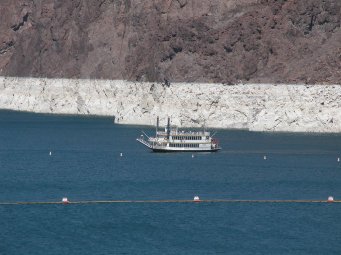There has been little in the local press regarding Democrat Darrel Aubertine’s Tuesday night upset win over Will Barclay for New York’s 48th Senate district, and its potential ramifications on the balance of power in the State Senate. Aubertine’s win cuts the Senate’s Republican majority to a rather slim 32-30. The Democratic minority is now pushing hard to find a Republican Senator willing to defect. At 31-31, Democratic Lieutenant Governor David Paterson gets to cast any tie-breaking vote.
For the first time in 75 years there is a chance that Democrats could control the Assembly, Senate and Governor’s offices after November’s elections. I can’t think of anything that will energize both parties more than attaining – or stopping – this. I wonder what Senate majority leader Joe Bruno will be strategizing about this spring and summer.
I am not an advocate of same-party dominance in all branches of government, but in New York, a change from the current status quo is perhaps the only way to shake up the state’s abysmal political machinery.
Get ready for a lot of campaign spending, and a tremendous number of political advertisements in a year guaranteed to be full of political advertisements.



 Posted by Paul
Posted by Paul 




